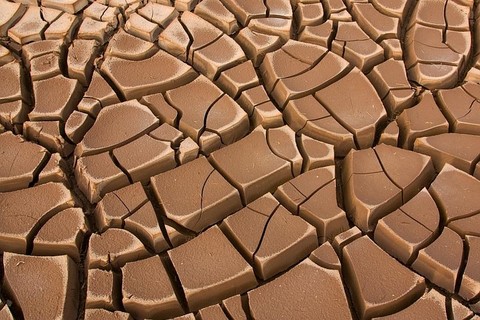What is clay in geology and mineralogy ?
Clay rock
Clay is a general term designating a loose detrital sedimentary rock, mainly made up of clay minerals. These loose rocks participate in all the phenomena of the surface and play in particular an important role in the circulation or the retention of water, hydrocarbons and dissolved substances. The term of "shale" usually refers to finely-lined, varvated and compacted clays.
Clay minerals
The clay minerals are hydrated phyllosilicates, very frequently occurring in platelets or ultra-microscopic cryptocrystalline fibers of a few micrometers. They are very numerous and differ mainly by their crystal structures : kaolinite, illite, smectites (montmorillonite, nontronite, beidellite...), inter-layered, vermiculite, attapulgite... We sometimes include microcrystalline varieties of certain chlorites and somemicas. They are classified into 3 families according to their structures :
The clay minerals known as TO : These consist of a tetrahedral sheet overhanging an octahedral layer. Depending on the nature of the octahedral sheet, a distinction is made between TO clays with a trioctahedral sheet brucite type sheet) and TO clays with a dioctahedral sheet gibbsite sheet).
The clay minerals known as TO : These consist of a tetrahedral sheet overhanging an octahedral layer. Depending on the nature of the octahedral sheet, a distinction is made between TO clays with a trioctahedral sheet brucite type sheet) and TO clays with a dioctahedral sheet gibbsite sheet).
Clay minerals known as TOT : These consist of two tetrahedral sheets framing an octahedral layer. As for TO clays, a distinction is made between TOT clays with a dioctahedral sheet and TOT clays with a trioctahedral sheet.
The clay minerals called TOTO : These consist of two tetrahedral sheets framing an octahedral layer, the interfoliar space is filled by a trioctahedral sheet (we speak of brucitic sheet). This group is made up of the large group of chlorites. They are also classified according to the dioctahedral or trioctahedral aspect of the octahedral sheet (not interfoliar).
Many of the clay minerals are formed by alteration of other silicates, such as feldspars, amphiboles or pyroxenes.


